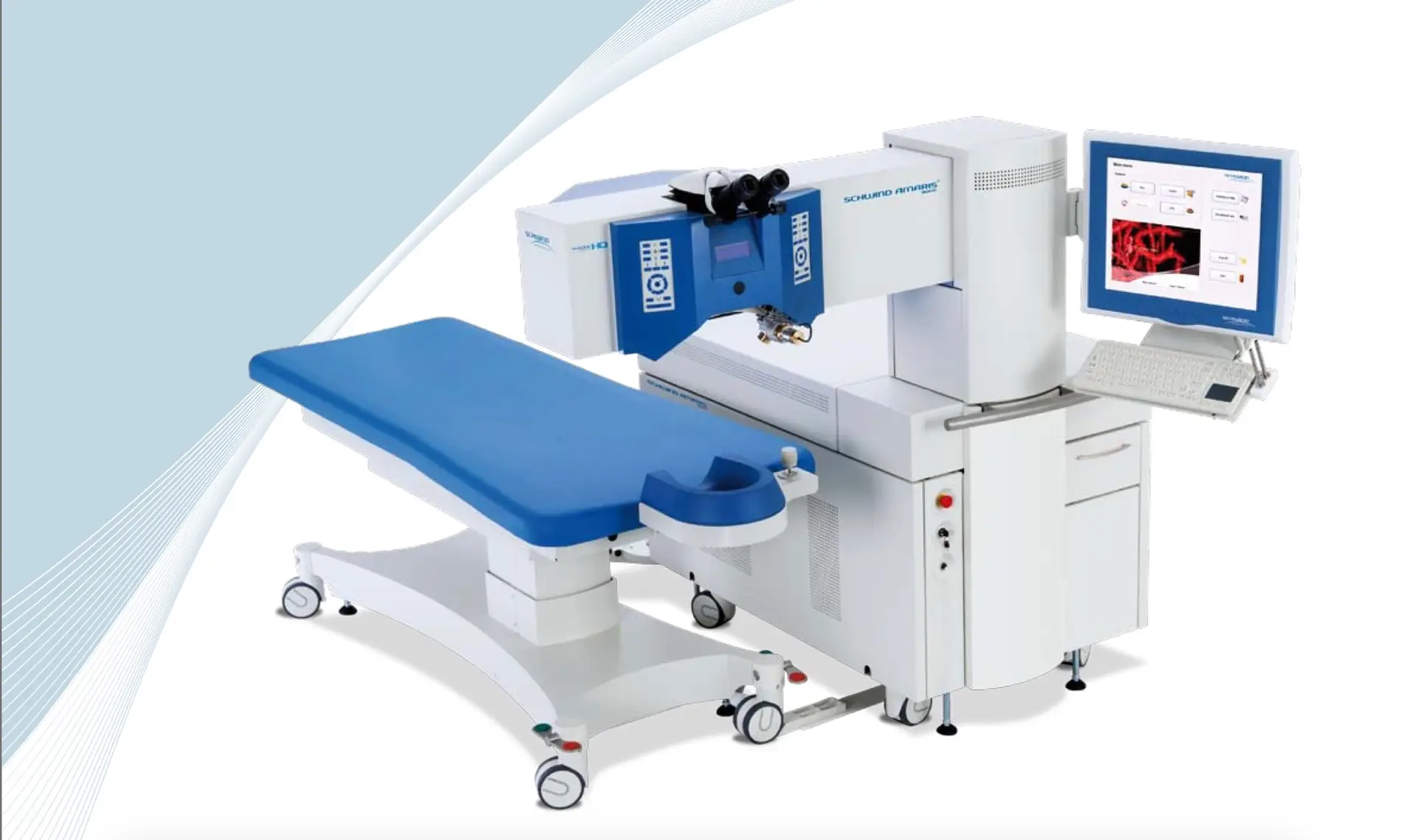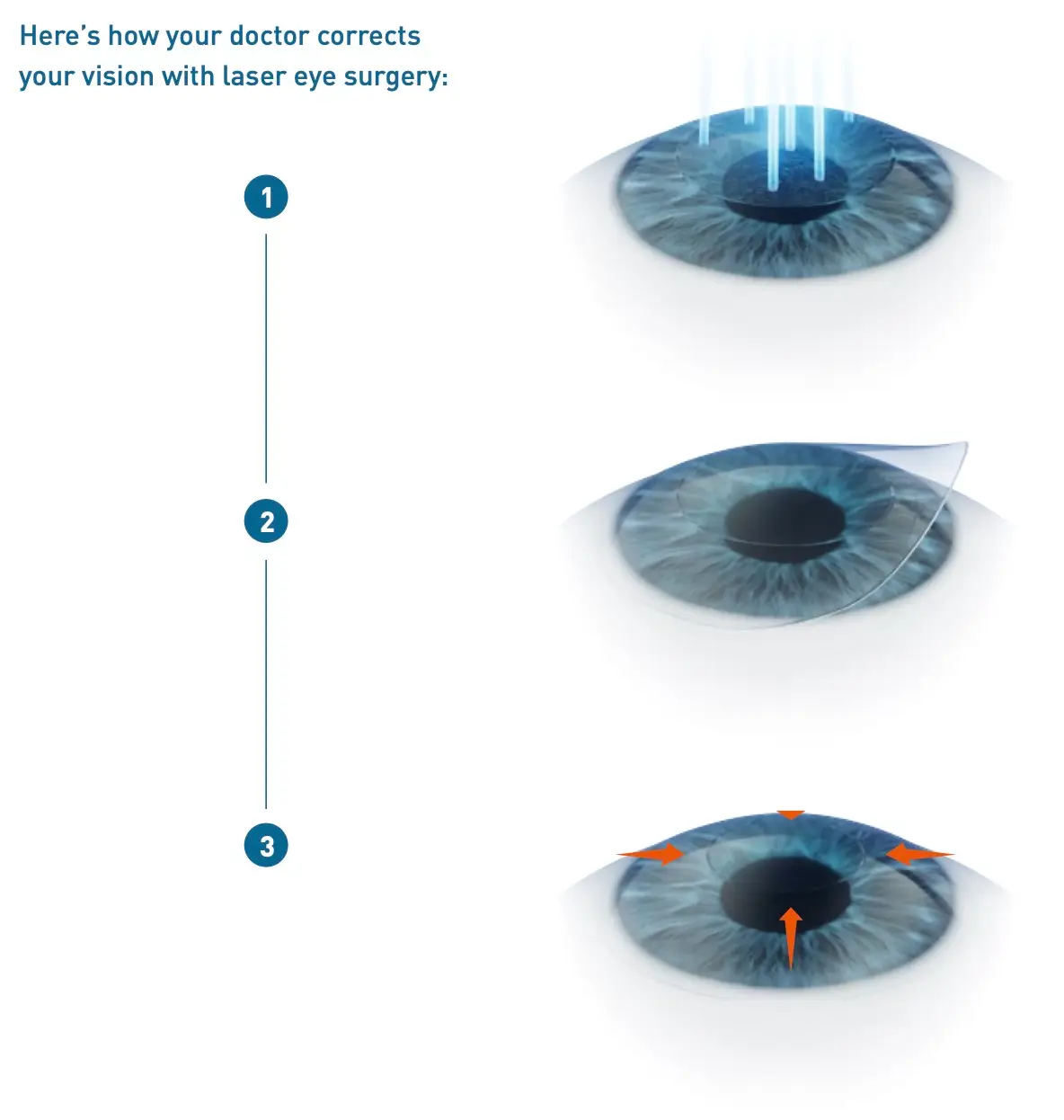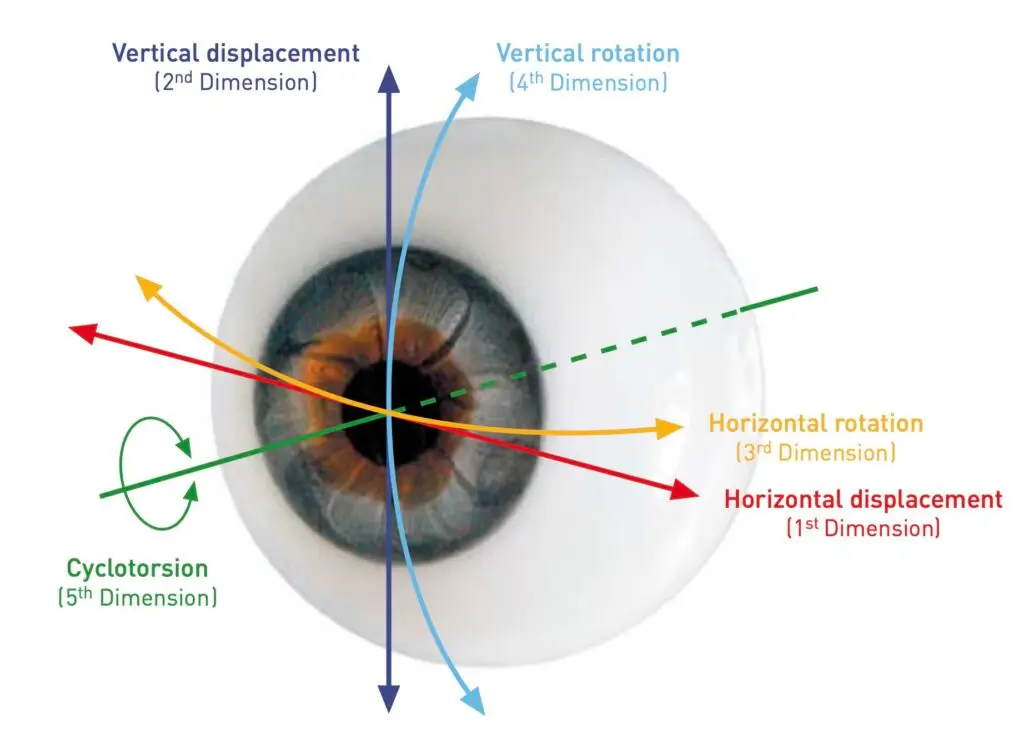TransPRK
Discover the benefits of TransPRK, a proven technology that is fast, safe and provides excellent visual results. At Angel Eyes, we are proud to offer TransPRK using the Smart SurfACE technology of the Schwind AMARIS® 500E

What is TransPRK?
TransPRK (Transepithelial Photorefractive Keratectomy) is a procedure where a cool beam of light from a computer-controlled excimer laser gently reshapes the front surface (cornea) of your eye.
TransPRK is the latest evolution of PRK technology that uses the same excimer laser technology that is used in LASIK.
By reducing or eliminating the need for glasses and contact lenses, TransPRK has changed the lives of people around the world. TransPRK can correct myopia (near-sightedness), hyperopia (farsightedness) and astigmatism with a high degree of accuracy.

How does TransPRK work?
1 – The excimer laser removes the top layer of the cornea (epithelium) in one step, reshaping the corneal tissue below and correcting the refractive error.
2 – The doctor places a bandage lens (soft contact lens) over the eye to protect it.
3 – The cornea takes about 3 days to heal. The bandage lens is removed after about 4 days.
Key Benefits of TransPRK
- Bladeless and touchless: Unlike flap-based surgery, transPRK is a completely touch-free procedure, completed entirely using a single excimer laser.
- High corneal stability: TransPRK leaves a stronger cornea than flap-based surgery.
- Ideal for highly active individuals: TransPRK is particularly suited for professional athletes or those wishing to join the armed forces.
- Ideal for people with thinner or irregular corneas: As no corneal flap is required, TransPRK can treat thinner or more irregular corneas.
- Proven safety record: TransPRK has been successfully used for the last 30 years to give people independence from glasses and contacts.

What are the advantages of the Schwind AMARIS system?
High speed treatment: A very high ablation speed of 500 Hertz leads to shorter treatment times
Thermal control technology: Gentle laser provides comfort and good healing
Ablation control with two fluence levels: Results in optimum smoothing of the cornea
5D Safety: 1,050 Hertz turbo eye tracker can track small movements of the eye in five dimensions for precise treatment
Discover the world leading technology of Schwind AMARIS 500E
Am I Suitable For Laser Vision Correction?
You have a high chance of being suitable for TransPRK if you meet the criteria below:
- You are at least 18 years old
- Your glasses prescription is between -6D to +4D with no more than 6.00D of astigmatism
- Your glasses prescription has been stable for at least 6-12 months
- You have no history of chronic eye inflammation or other eye problems
You will need a full consultation and eye examination to determine more accurately if you are eligible for laser or lens implant surgery.
TransPRK
Starting From-
Completely Bladeless Procedure
-
Initial Consultation
-
Full Work-Up Scans and Tests
-
Surgery Cost
-
Follow-up Appointments
Frequently Asked Questions
What does a TransPRK surgery consultation involve?
During your consultation you will be asked about your reasons for wanting vision correction to offer you the best procedure for your needs. You will undergo vision tests and scans to determine your suitability for this procedure. If you are considered unsuitable for TransPRK, for example due to having a high spectacle power or too thin a cornea, we are able to offer alternative procedures.
Is TransPRK surgery painful?
Most people experience only mild discomfort during the procedure. Anaesthetic (numbing) drops are used during the procedure to prevent pain. In the past, PRK patients would experience more post-surgical pain than LASIK patients. Thanks to TransPRK technology and a rigorous post-operative medication plan at Angel Eyes, this is now minimised.
How long does the procedure take?
The actual laser treatment takes only a few seconds. For a myopia in TransPRK of -4 dioptres, for example, the SCHWIND AMARIS 500E completes treatment in about 60 seconds. The complete treatment of both eyes takes about 20 minutes.
Why is AMARIS precise eye tracking so important?
Even under complete concentration, the eyes make slight, involuntary movements which cannot be suppressed – even when the patient fixates on the surgery light. That is why exact centering and constant positioning of the eye is especially important for a precise and safe procedure. With the SCHWIND AMARIS eye tracker, all of the movements which the eye can make are recorded and actively compensated 1050 times per second.
Why does AMARIS technology use two energy levels?
The two energy levels of the SCHWIND AMARIS 500E are matched to one another, ensuring the perfect combination of speed and precision. About 80 percent of the corneal tissue is removed very quickly. A gentler beam ablates the remaining 20 percent, thus assuring an especially smooth surface.